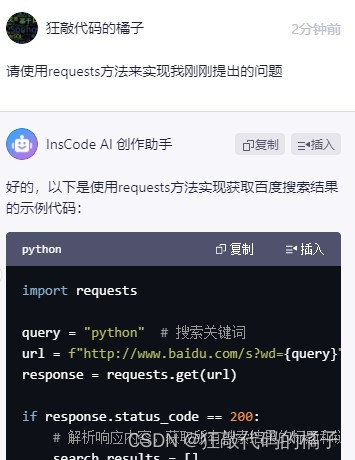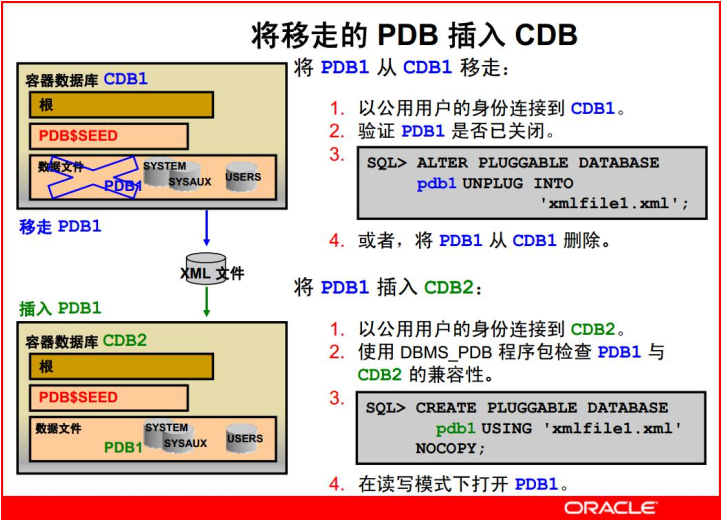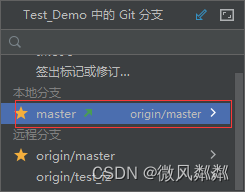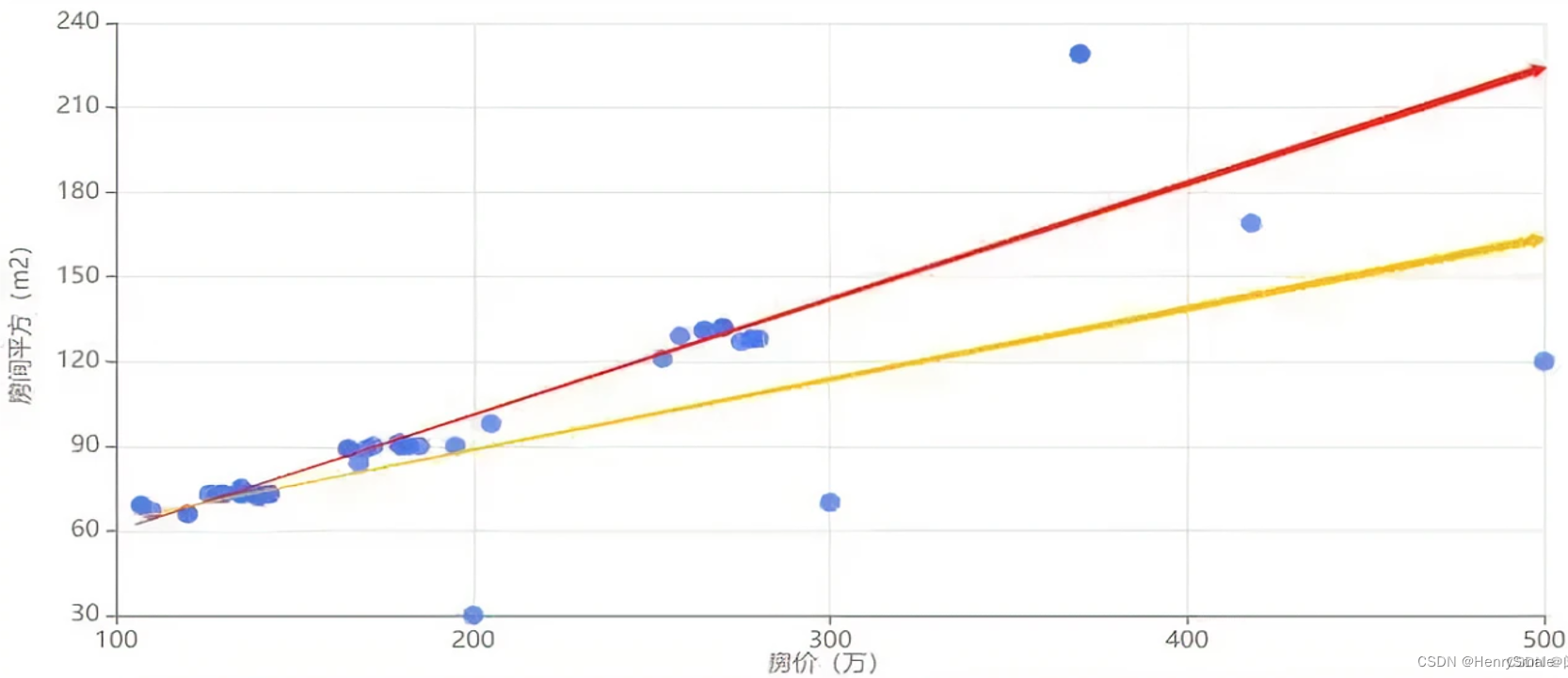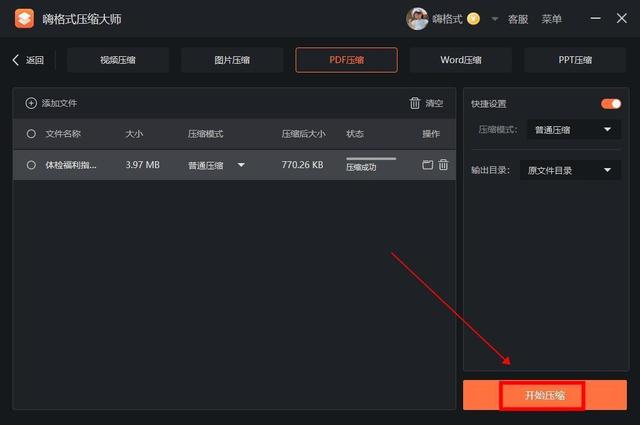目录
- 1.题目描述
- 2.算法思路
- 2.1算法思路1
- 2.2算法思路2
- 3.代码实现
- 3.1代码实现1
- 3.2 代码实现2
1.题目描述
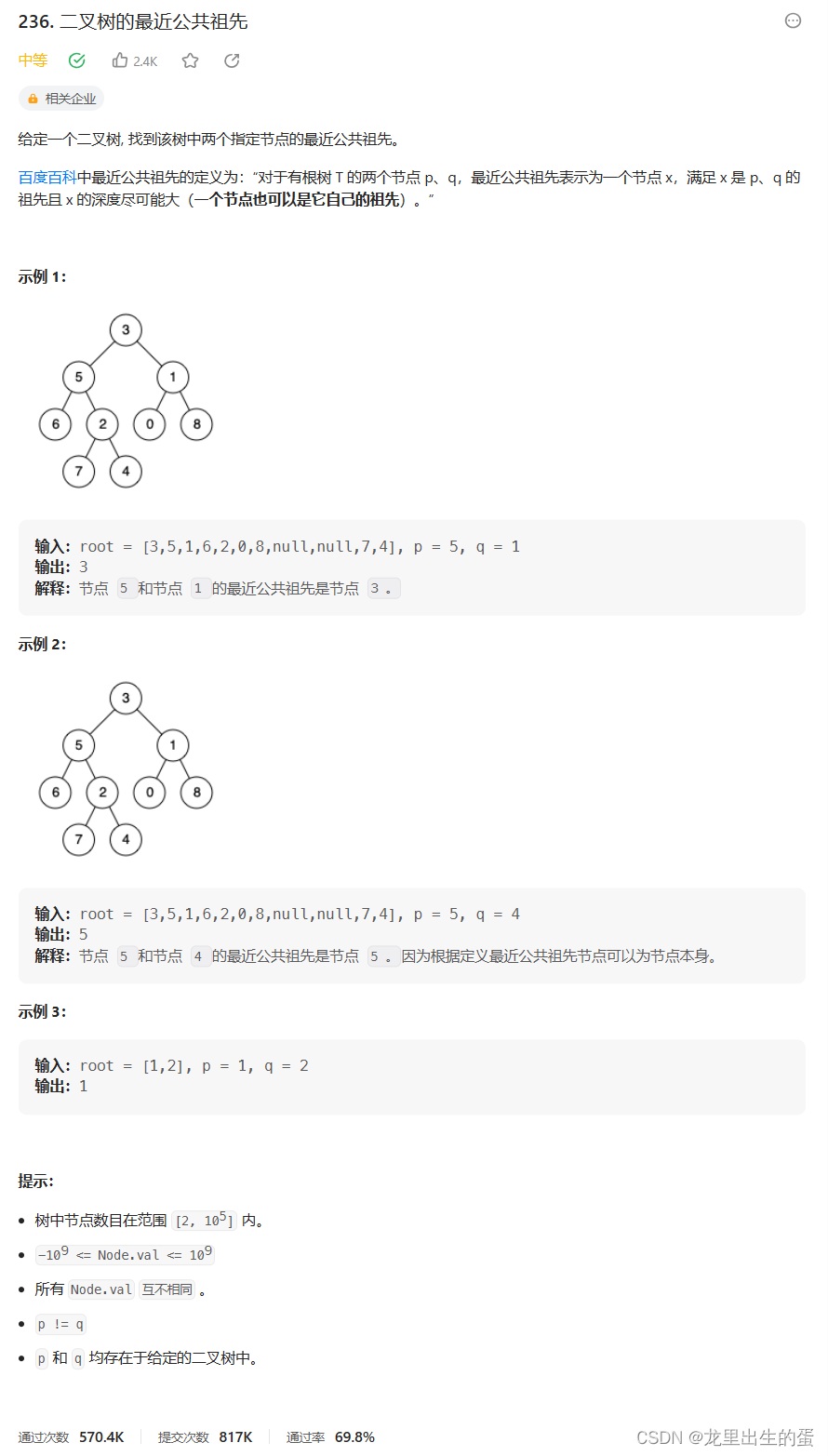
2.算法思路
2.1算法思路1
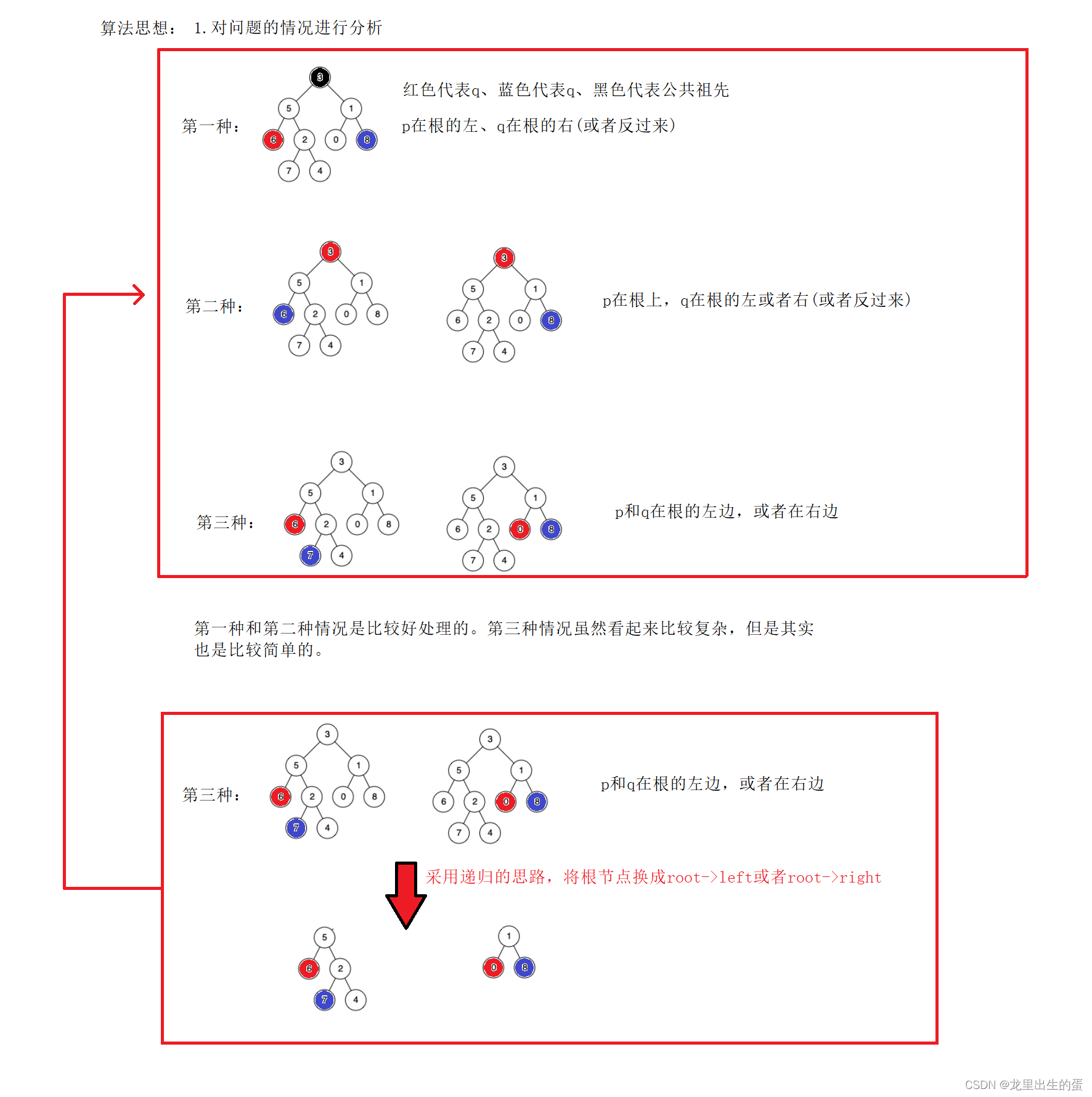
2.2算法思路2
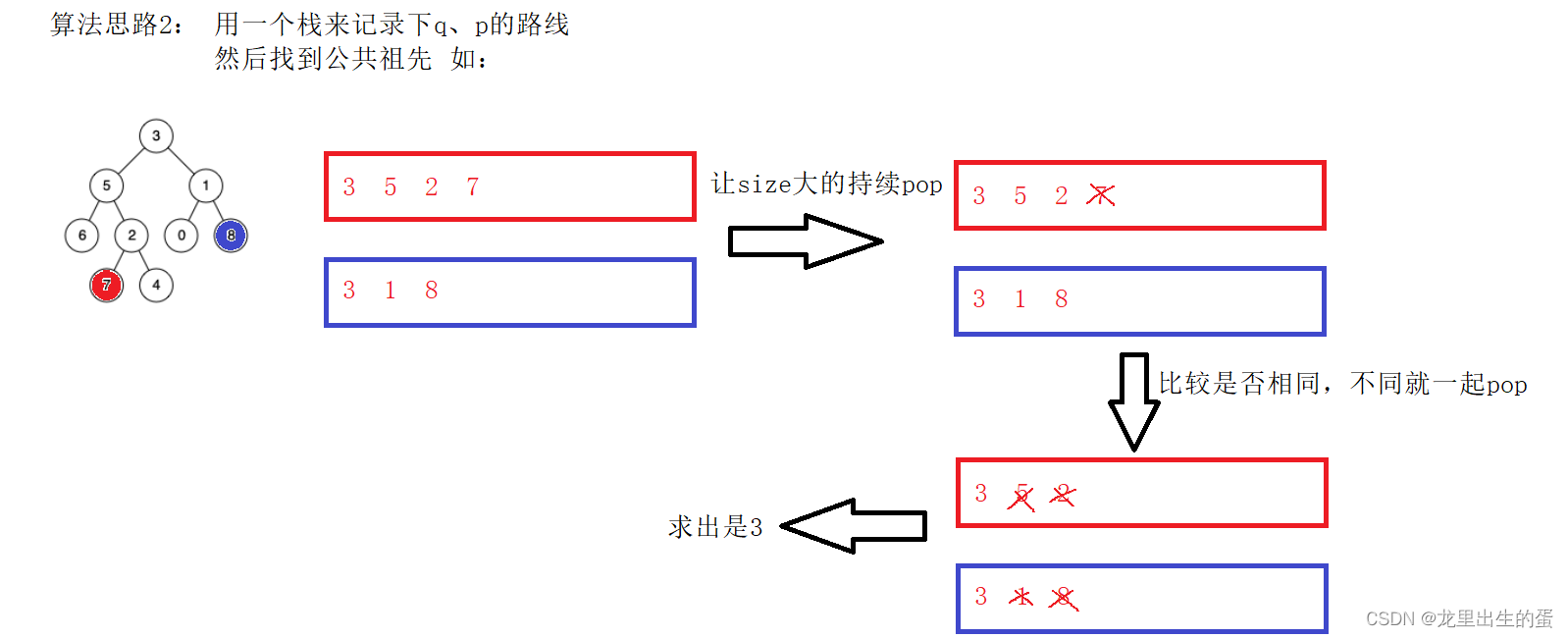
思想很简单,但是最难的是怎么用栈来记录q、p的路线。所以下面才是关键。
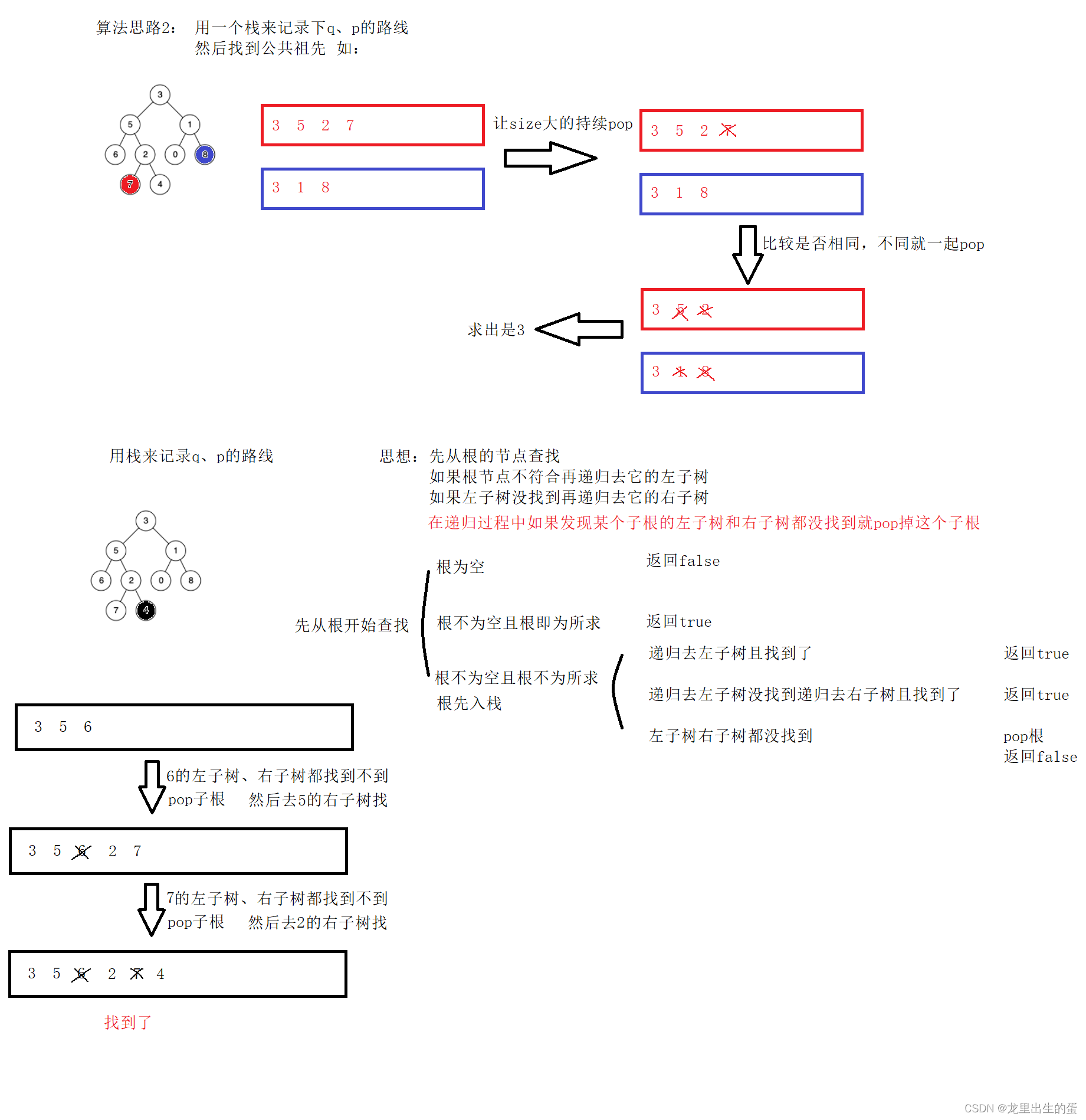
3.代码实现
3.1代码实现1
class Solution {
public:bool find(TreeNode* root,TreeNode* obj){if(root==nullptr){return false;}if(root->val==obj->val){return true;}return find(root->left,obj)||find(root->right,obj);}TreeNode* lowestCommonAncestor(TreeNode* root, TreeNode* p, TreeNode* q) {if(root==p||root==q){return root;}bool pinright,pinleft,qinright,qinleft;pinleft=find(root->left,p);pinright=!pinleft;qinleft=find(root->left,q);qinright=!qinleft;if((qinleft&&pinright)||(qinright&&pinleft)){return root;}if(qinleft&&pinleft){return lowestCommonAncestor(root->left,p,q);} if(pinright&&qinright){return lowestCommonAncestor(root->right,p,q);}return nullptr;}
};
3.2 代码实现2
class Solution {
public:bool find(TreeNode* root,TreeNode* cur,stack<TreeNode*>& path){//根为空if(root==nullptr){return false;}//根入栈path.push(root);//根即为所求if(root==cur){return true;}//递归去左子树 如果左子树找到了就返回trueif(find(root->left,cur,path)){return true;}//递归去右子树 如果右子树找到就返回trueif(find(root->right,cur,path)){return true;}//左子树右子树都没找到 pop根 返回falsepath.pop();return false;}TreeNode* lowestCommonAncestor(TreeNode* root, TreeNode* p, TreeNode* q) {stack<TreeNode*> ppath;stack<TreeNode*> qpath;find(root,p,ppath);find(root,q,qpath);while(ppath.size()>qpath.size()){ppath.pop();}while(qpath.size()>ppath.size()){qpath.pop();}while(ppath.size()){if(ppath.top()==qpath.top()){return ppath.top();}ppath.pop();qpath.pop();}return nullptr;}
};
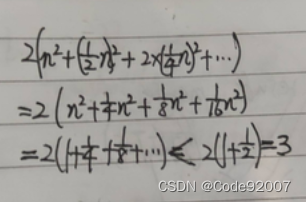
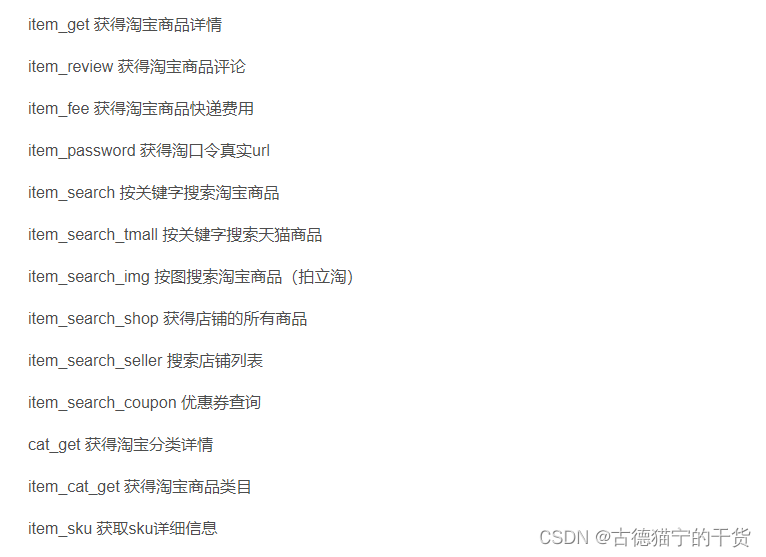
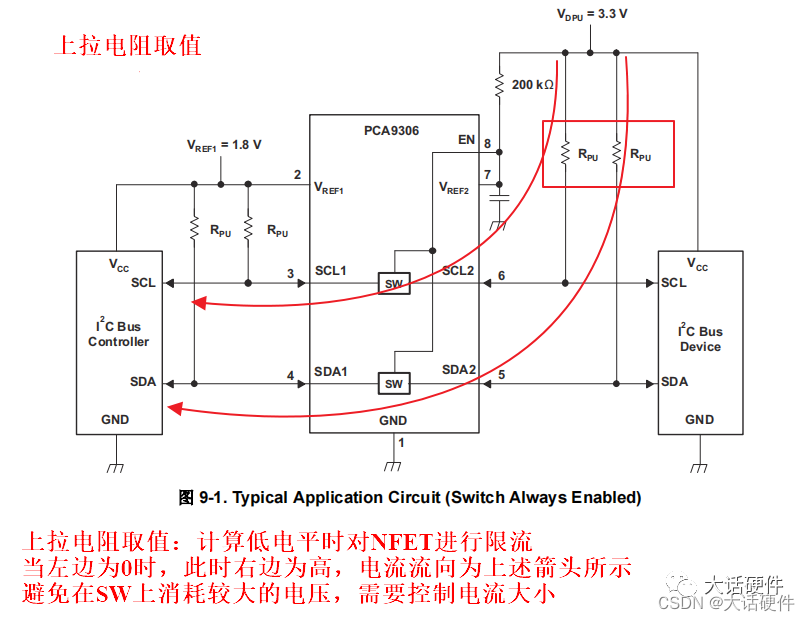
![[保研/考研机试] KY235 进制转换2 清华大学复试上机题 C++实现](https://img-blog.csdnimg.cn/af2f731570cb4da6bc150fe8987190e6.png)
